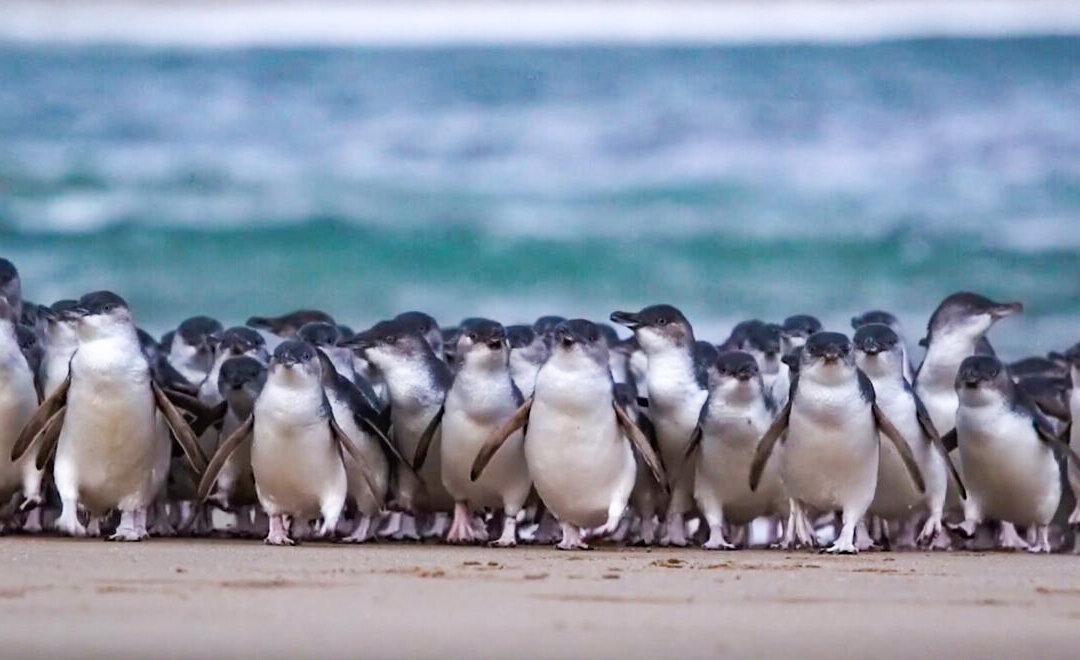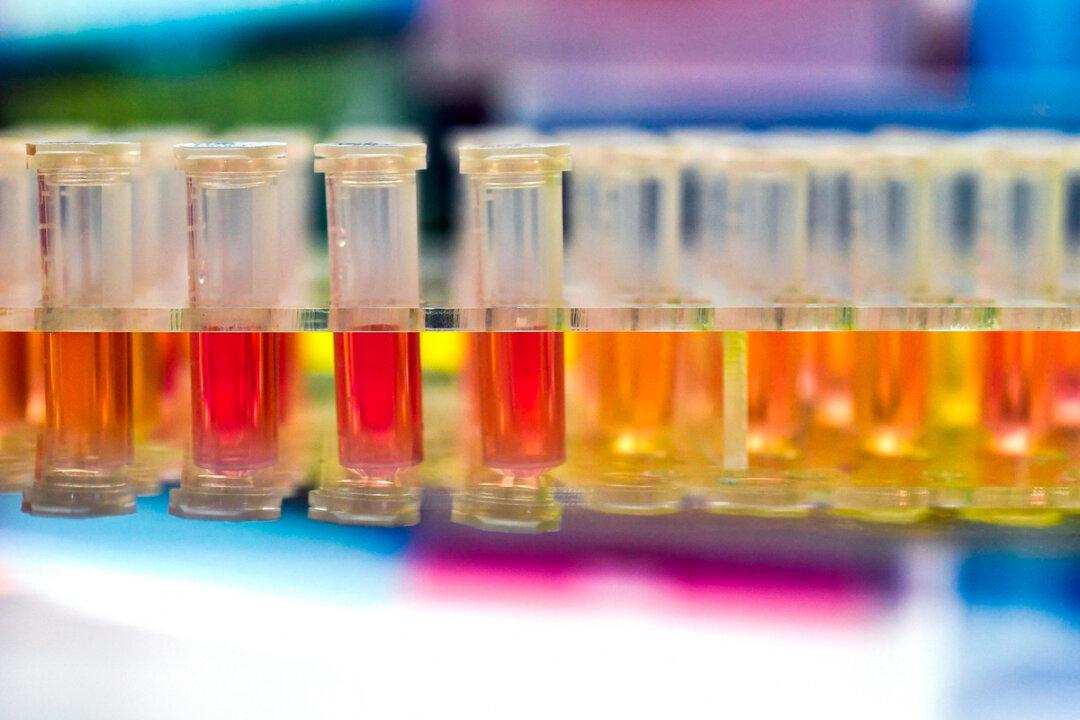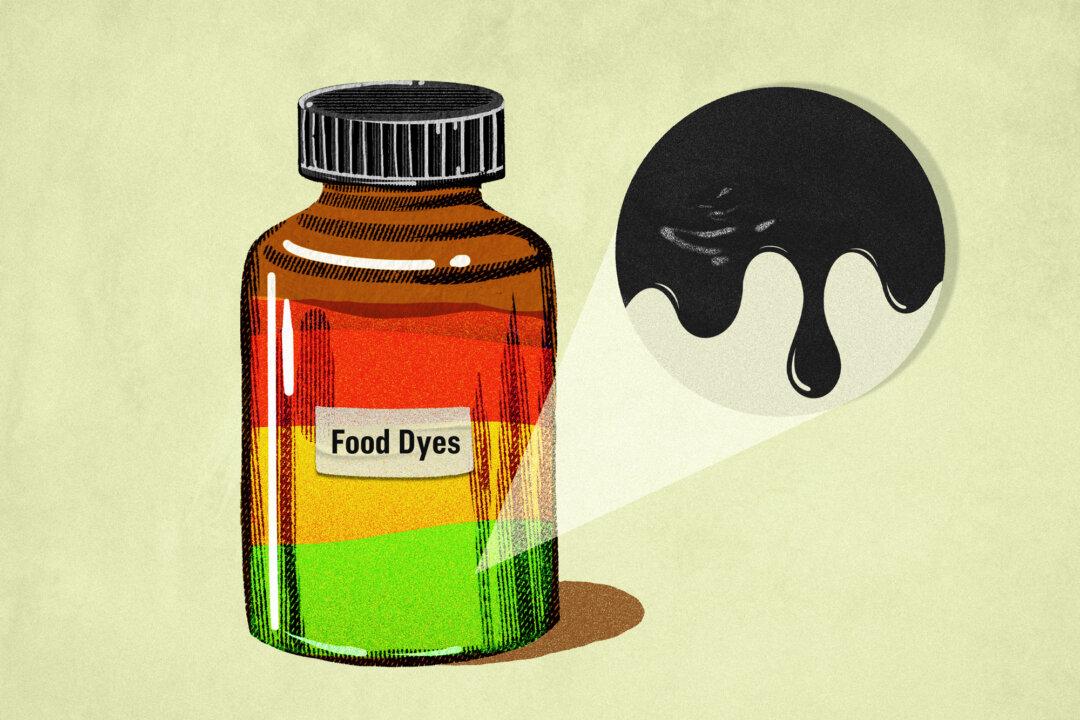The Commonwealth Scientific and Industrial Research Organisation (CSIRO) announced that it will be releasing the Venturia paralias fungi to attack the invasive coastal weed called sea spurge that is threatening nesting sites of native Australian little penguins as well as coastal vegetation.
“Our research found that the fungus is highly specific towards sea spurge. Based on our results, the fungus was approved by the regulator for release in Australia,” Caroline Delaisse, CSIRO research technician said.





